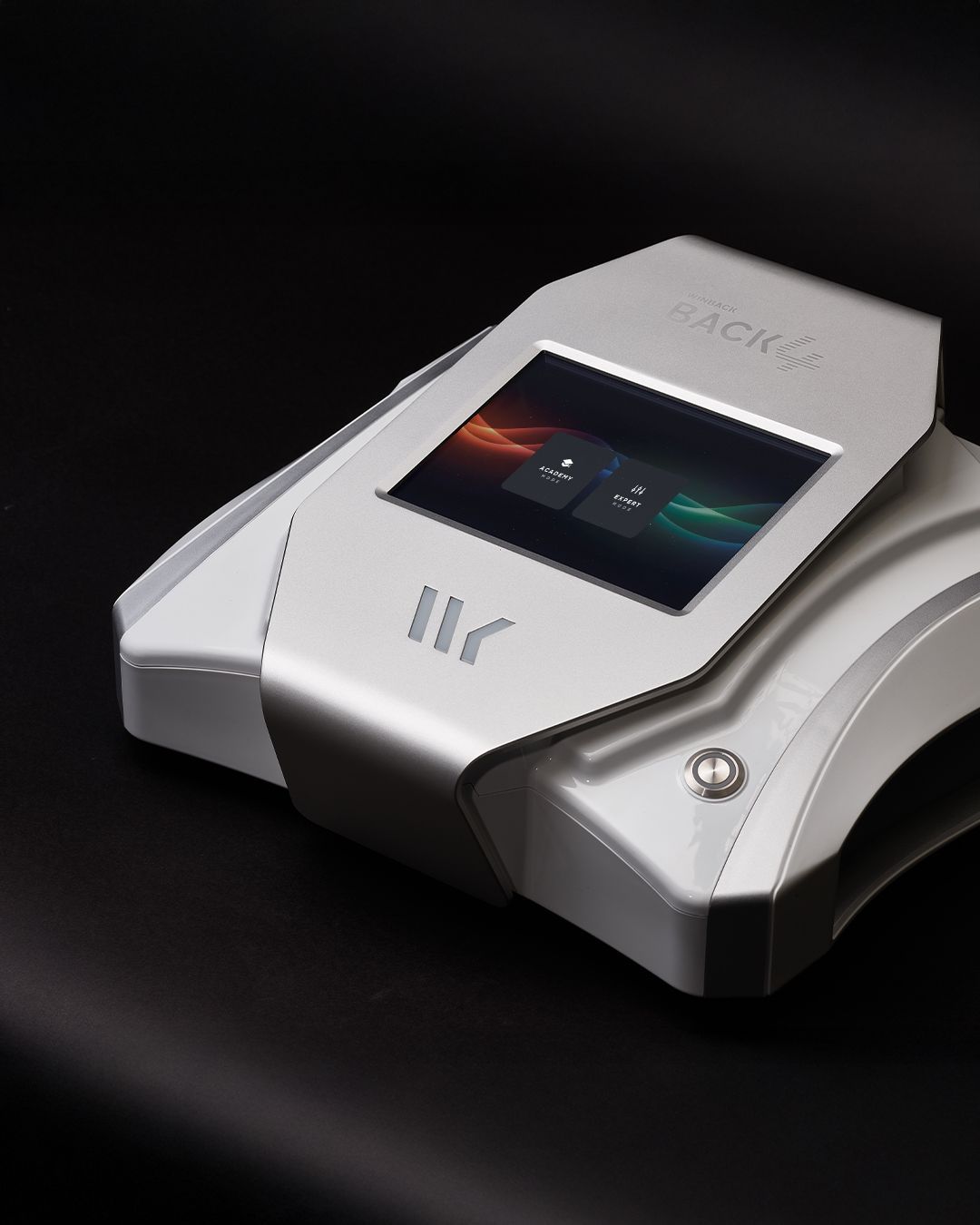Stretching is one of those things every athlete knows they should do, but not everyone does it right. Some swear by holding a deep stretch before a workout, while others prefer moving stretches that mimic athletic movements. The big debate? Dynamic stretching vs. static stretching. Which one is actually better?
The Basics: What’s the Difference?
- Dynamic stretching involves controlled, active movements that take joints and muscles through a full range of motion. Think leg swings, arm circles, and lunges with a twist. The goal is to prepare your body for movement.
- Static stretching involves holding a stretch in place for a set amount of time, usually 20-30 seconds. This helps lengthen muscles and improve flexibility over time.
Both have their place, but when and how you use them makes all the difference.
Why Dynamic Stretching is a Game-Changer for Athletes
If you’re about to sprint, jump, or lift, your body needs to be ready for action. Dynamic stretching is like flipping the “on” switch for your muscles and nervous system. Here’s why it’s a must before workouts:
- Increases blood flow – Warms up muscles and delivers oxygen to tissues.
- Enhances flexibility & mobility – Gets joints moving fluidly.
- Activates key muscle groups – Engages the muscles you’re about to use.
- Boosts athletic performance – Prepares the body for explosive movements.
- Reduces risk of injury – Warms up tendons and ligaments, making them more resilient.
When Static Stretching Works Best
Static stretching is not the best option before a workout. Studies show that holding long stretches before exercise can actually reduce power and strength. However, static stretching plays an important role after training or during recovery sessions. It helps by:
- Improving long-term flexibility – Regular static stretching increases range of motion.
- Reducing muscle tightness – Helps muscles relax post-workout.
- Aiding recovery – Can help reduce soreness when combined with proper hydration and nutrition.
So, Which One is Better for Athletes?
It’s not about choosing one over the other—it’s about using them at the right time.
Before a workout: Stick to dynamic stretching. Get your body moving with leg swings, hip openers, or arm circles.
After a workout: This is when static stretching shines. Holding a hamstring or quad stretch can help release tension and aid recovery.
The Best Stretching Routine for Athletes
At Muscle Therapy By Tom in Slough, Tom recommends a hybrid approach that combines both types of stretching for optimal results. A typical stretching routine could look like this:
Pre-Workout Dynamic Stretches (5-10 minutes):
- Leg swings (front-to-back, side-to-side) – 15 reps per leg
- Arm circles – 15 reps forward, 15 reps backward
- Walking lunges with a twist – 10 reps per side
- High knees – 20 seconds
- Butt kicks – 20 seconds
Post-Workout Static Stretches (10-15 minutes):
- Standing quad stretch – 30 seconds per leg
- Seated hamstring stretch – 30 seconds per leg
- Shoulder stretch – 30 seconds per side
- Hip flexor stretch – 30 seconds per side
Need Help with Mobility and Recovery?
If you’re dealing with tight muscles, poor mobility, or nagging injuries, stretching alone might not be enough. Massage therapy can complement your routine by breaking down muscle knots, improving circulation, and keeping your body in top shape.
At Muscle Therapy By Tom at The Gym Group Slough, Tom specializes in sports massage, deep tissue massage, and recovery therapy tailored to athletes. Book a session today at muscletherapybytom.co.uk and keep your body moving at its best.


